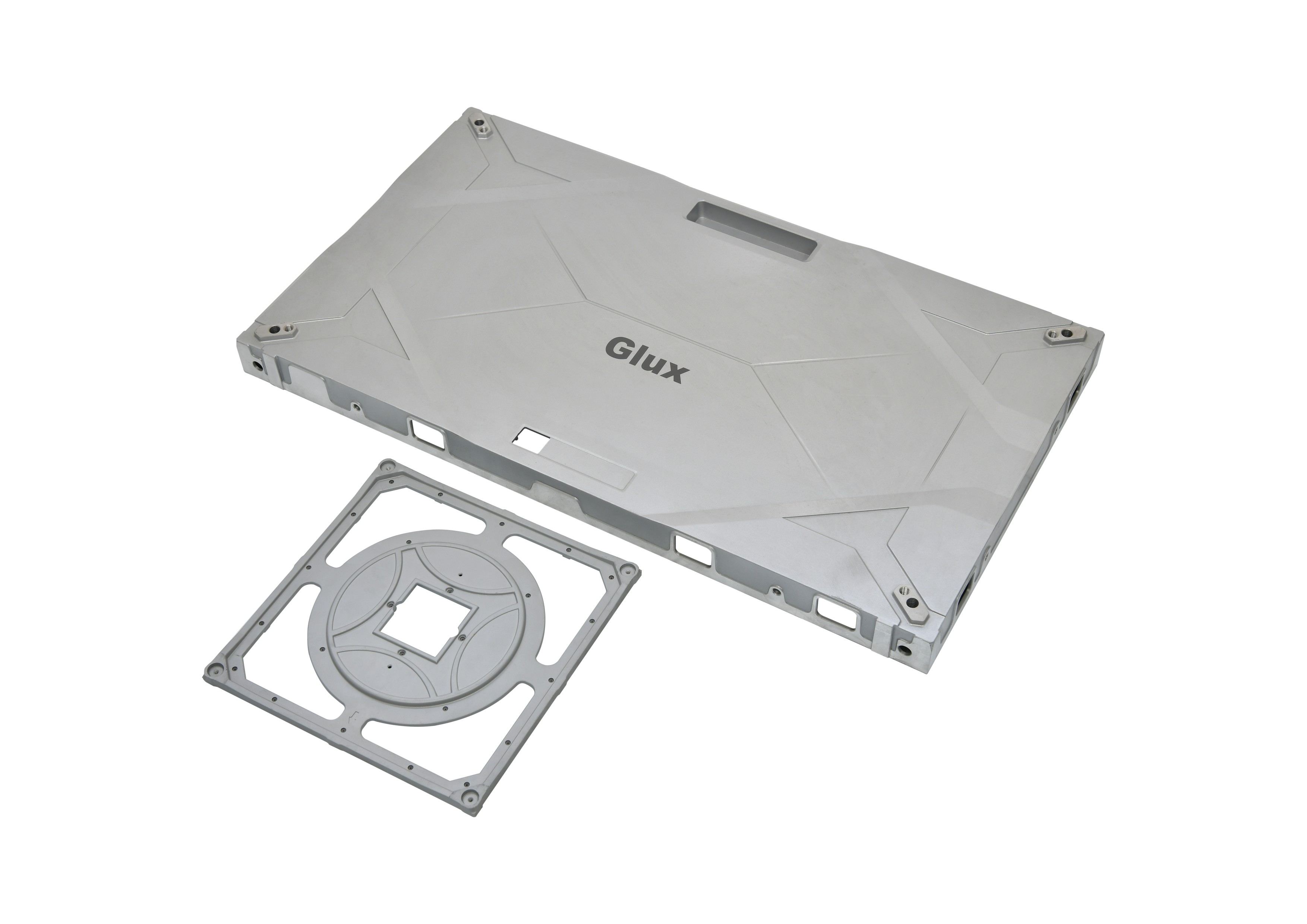

Introduction to Aluminum Frame Display Cabinets
An Aluminum Frame Display Cabinet is a premium storage and presentation solution characterized by its lightweight yet durable aluminum framework, typically combined with glass panels for optimal visibility. These cabinets are engineered to showcase valuable items while providing protection from dust, moisture, and physical damage. The aluminum construction offers superior strength-to-weight ratio compared to traditional materials, with a typical yield strength of 35,000 psi (241 MPa) and density of only 2.7 g/cm³, making it approximately 1/3 the weight of steel while maintaining excellent structural integrity.

Key Features with Technical Specifications
1. Structural Integrity
The extruded aluminum frames feature a T6 temper heat treatment, achieving a hardness of 75 Brinell and tensile strength ranging between 30,000-50,000 psi (207-345 MPa). The frame profiles typically measure between 25mm × 25mm to 50mm × 50mm in cross-section, with wall thicknesses of 1.5mm to 3mm depending on load requirements.
2. Corrosion Resistance
Aluminum naturally forms a protective oxide layer, but premium cabinets enhance this with anodized coatings measuring 15-25 microns thick. This treatment increases surface hardness to 60-70 Rockwell and provides 1,000+ hours of salt spray resistance (ASTM B117), making them suitable for humid environments with relative humidity up to 85% RH.
3. Glass Specifications
The tempered glass panels typically measure 6mm to 12mm in thickness, with a surface compressive strength of 10,000 psi (69 MPa) and modulus of rupture of 24,000 psi (165 MPa). The light transmission rate exceeds 91% (ASTM D1003), while UV-resistant variants can block up to 99% of UV rays (ISO 21348) for sensitive displays.
4. Thermal Performance
Aluminum's thermal conductivity of 205 W/m·K ensures rapid heat dissipation, maintaining interior temperatures within ±2°C of ambient in climate-controlled environments. The coefficient of thermal expansion (23.1 μm/m·°C) is carefully matched to glass (9.0 μm/m·°C) through engineered gaskets to prevent stress fractures.
5. Load Capacity
Properly engineered aluminum frame systems can support 50-150 kg per linear meter of shelf space, with deflection limited to L/200 (where L is the span length) under maximum load (EN 1999-1-1 standards). The modular design allows for adjustable shelving at 25mm increments.
Applications Across Industries
Retail Environments
High-end boutiques utilize aluminum display cabinets for their 90° corner clarity and 360° visibility. The slim profiles (≤30mm face width) maximize floor space while providing secure display for merchandise valued up to $50,000 per square foot in jewelry applications.
Museums and Galleries
Museum-grade cabinets feature hermetically sealed environments maintaining 50±5% RH with oxygen scavengers, using aluminum's non-outgassing properties. The low-E glass coatings reduce infrared transmission by 70% while maintaining CRI >98 for accurate color rendering.
Laboratory Settings
In cleanrooms (ISO Class 5-8), aluminum frames with electropolished surfaces (Ra <0.4μm) prevent particulate generation. The non-magnetic properties (μr ≈ 1.000022) make them ideal for sensitive instrumentation areas.
Residential Applications
Modern home designs incorporate aluminum display systems with R-value insulation up to 3.5 for exterior applications. The powder-coated finishes (70-80% gloss retention after 10 years per ASTM D523) maintain aesthetics in residential settings.
Comprehensive Maintenance Guide
1. Routine Cleaning Protocol
For aluminum components, use pH-neutral cleaners (pH 6-8) with <1% non-ionic surfactants. Anodized surfaces require soft cloths (<100 GSM) to prevent scratching. Cleaning frequency should not exceed 2 times/week to preserve coatings.
2. Glass Maintenance
Use distilled water with 10% isopropyl alcohol solution and microfiber cloths (300-500 GSM). Avoid ammonia-based cleaners which can degrade silicone seals over time.
3. Structural Inspection
Quarterly checks should verify:
Frame alignment within ±1.5mm/m
Hardware torque values maintained at 3-5 Nm
Gasket compression of 25-30% original thickness
4. Environmental Controls
Maintain ambient conditions between 18-24°C and 40-60% RH. For climate-controlled units, calibrate sensors annually to ±0.5°C and ±3% RH accuracy.
5. Long-term Preservation
Every 5 years, reapply siloxane-based sealants (ASTM C920) to maintain weatherproofing. For coastal areas, consider zinc-rich primers (80% Zn) on steel fasteners to prevent bimetallic corrosion.